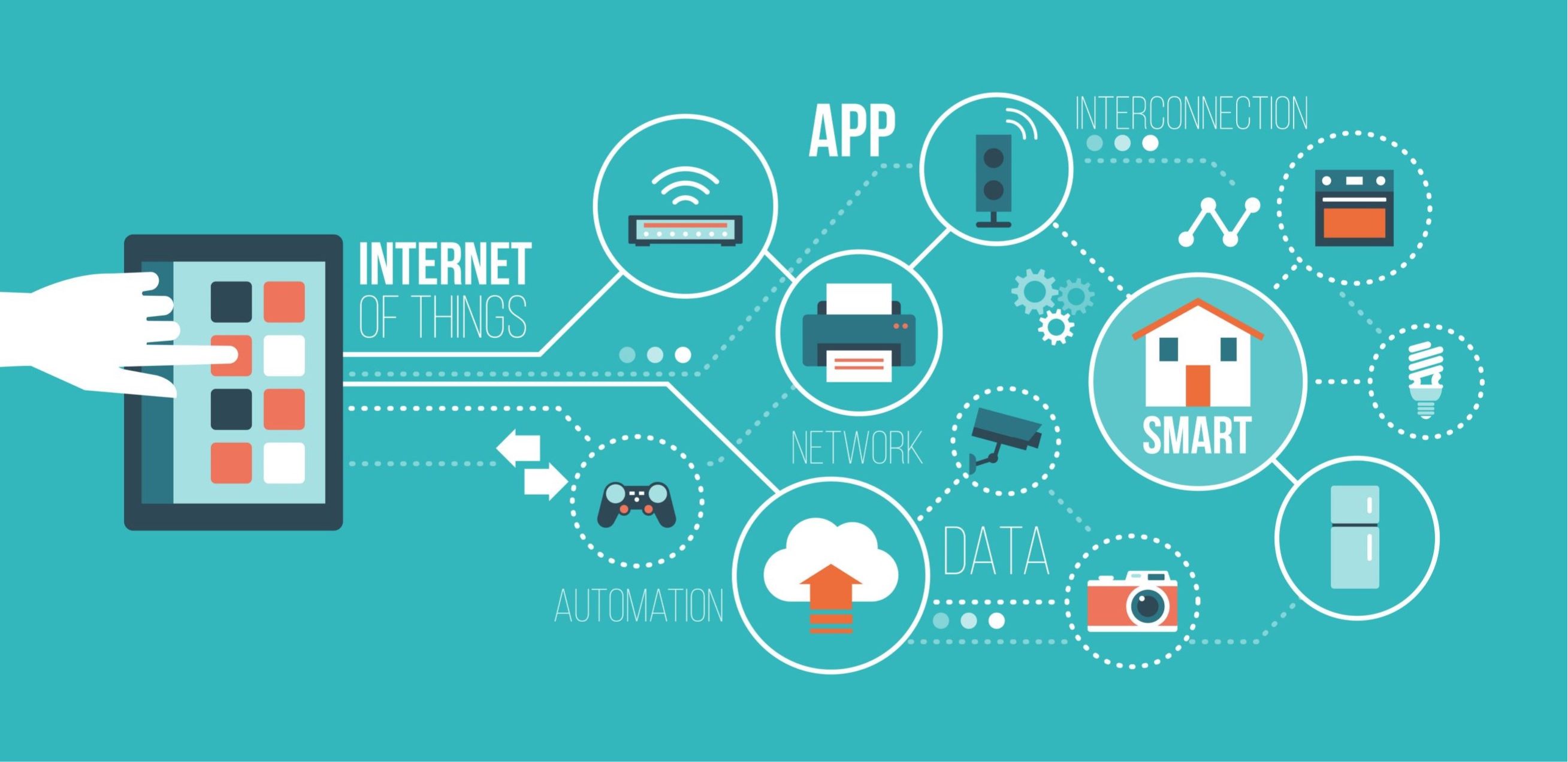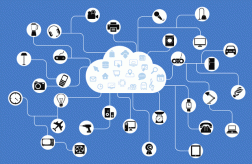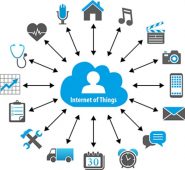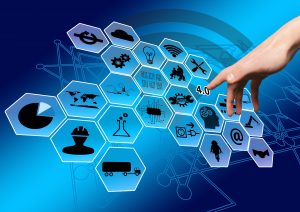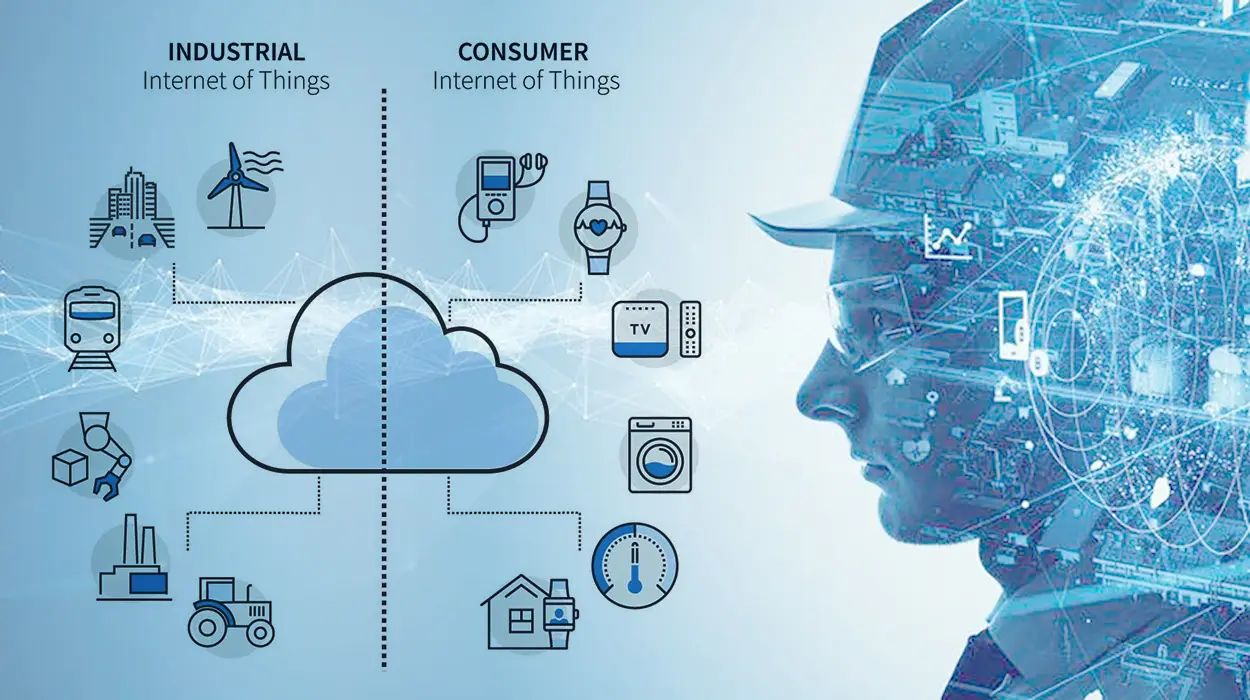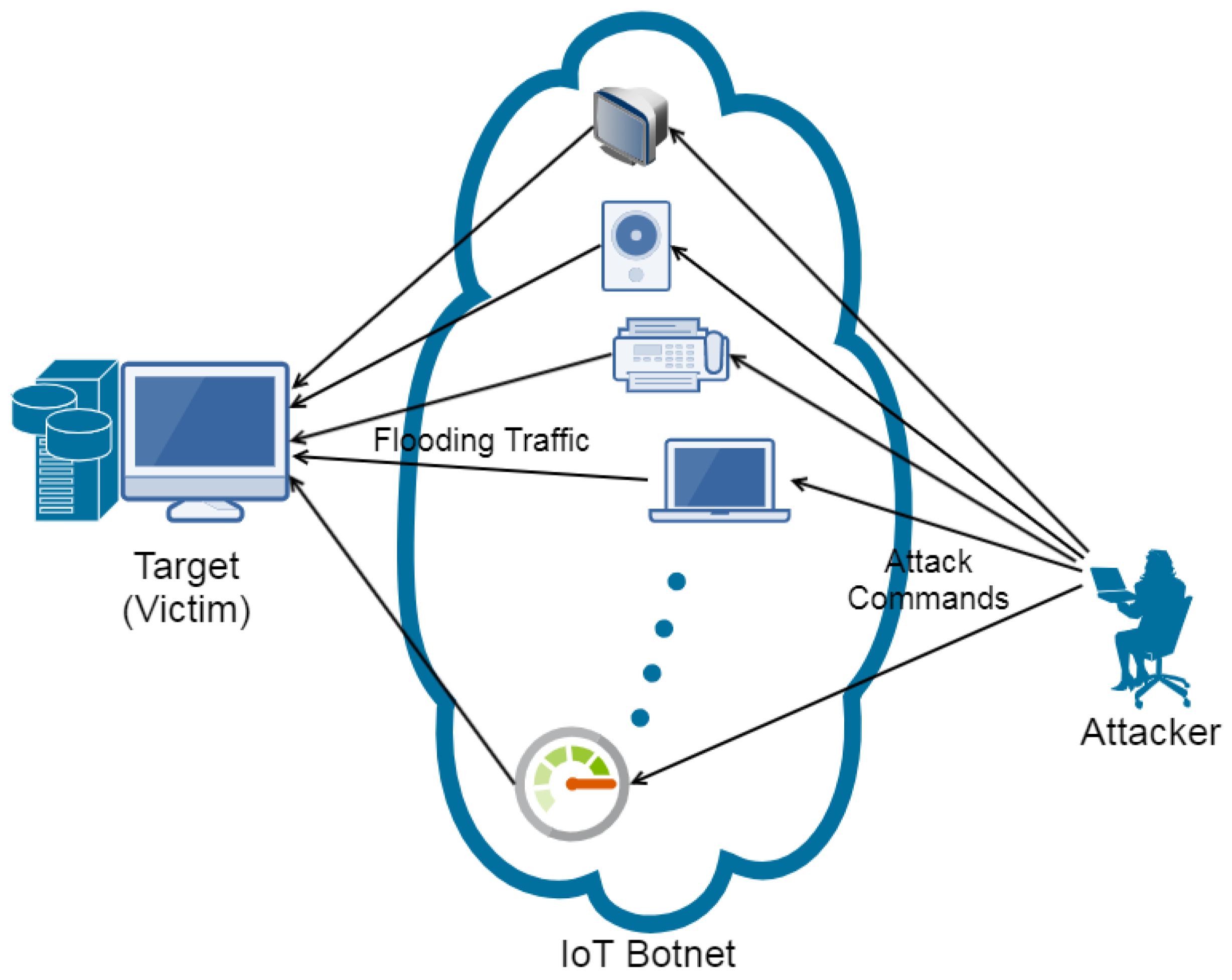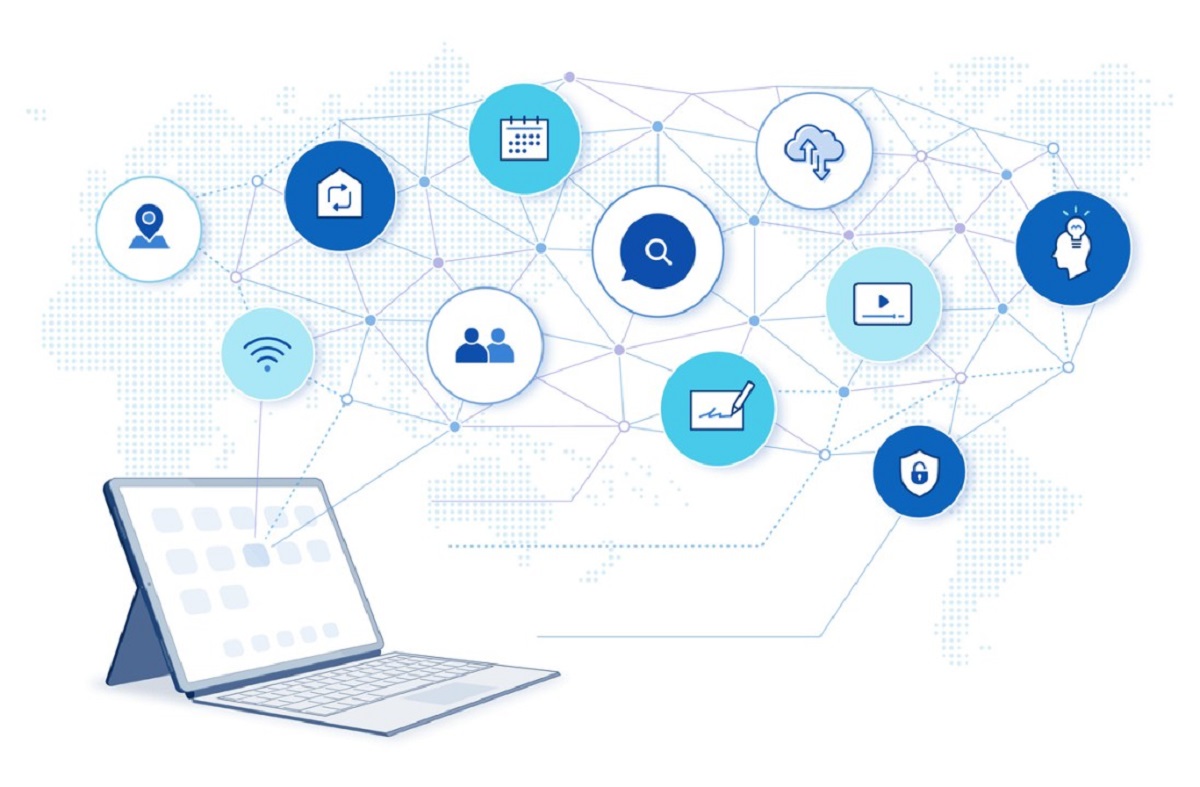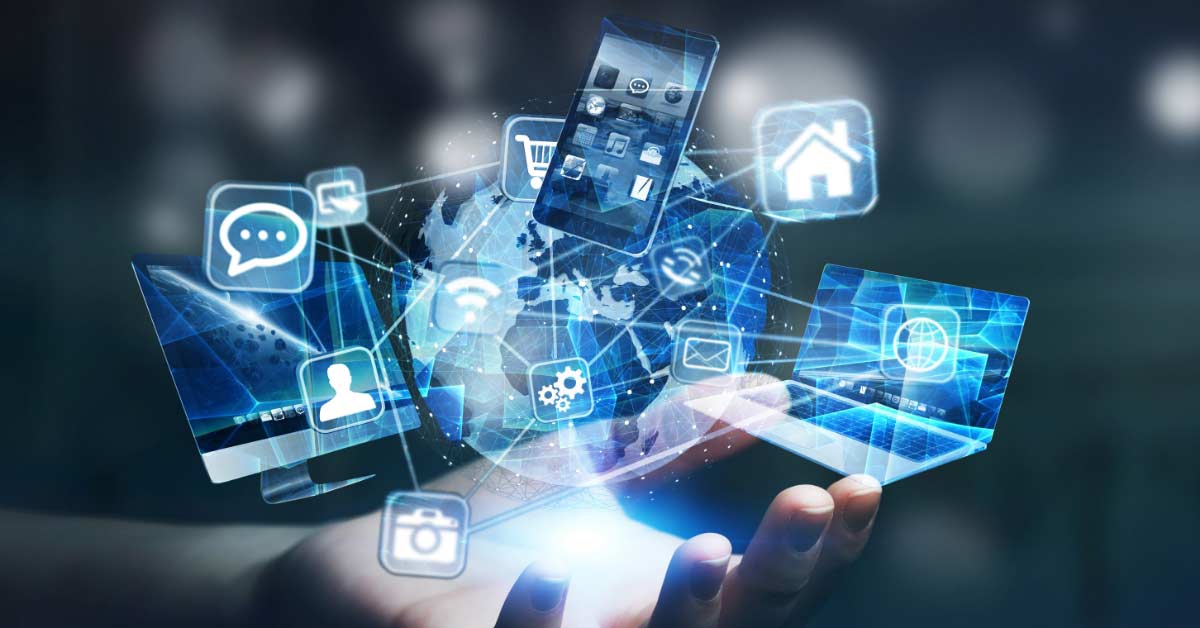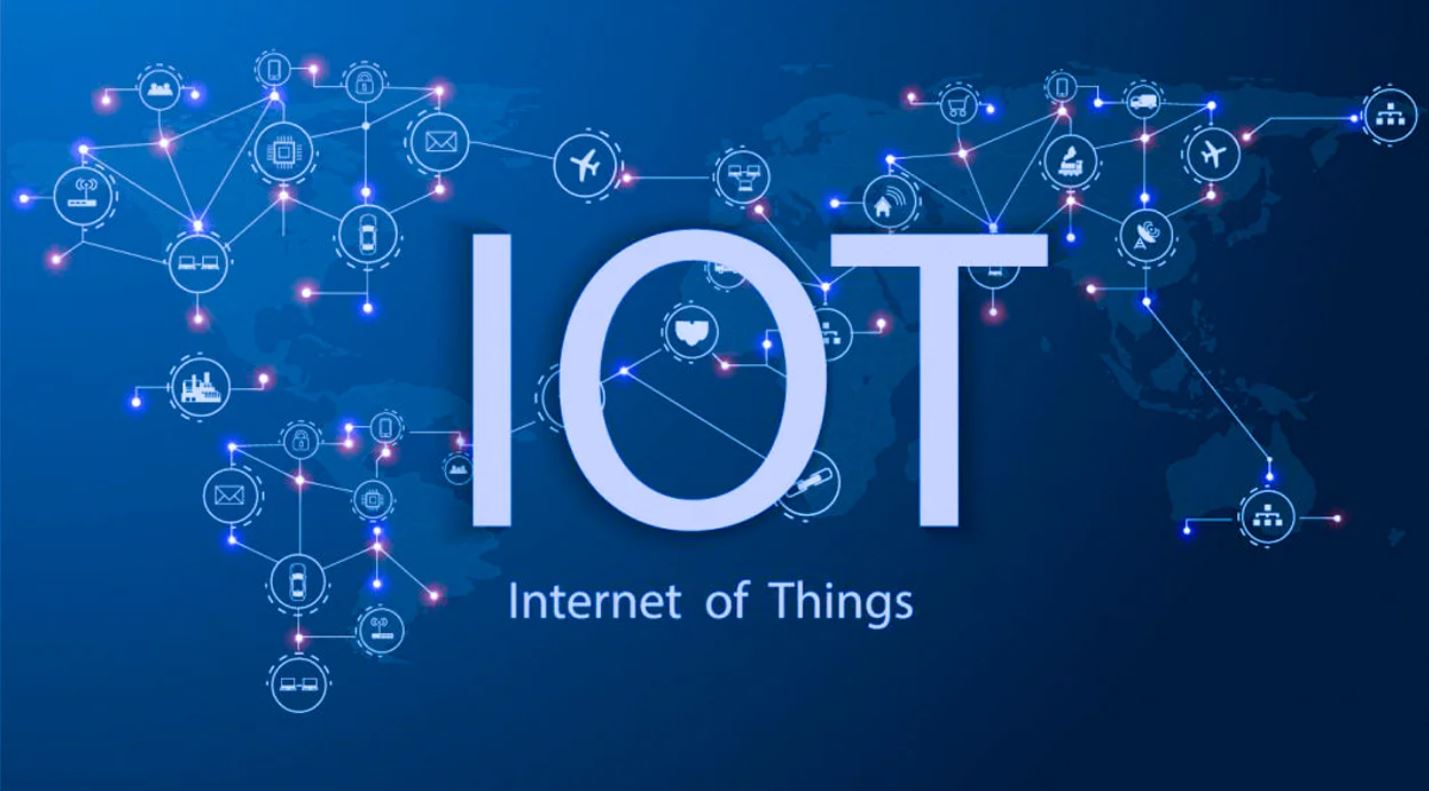Smart Home Devices
Smart home devices have become increasingly popular in recent years, revolutionizing the way we live and interact with technology in our homes. These devices are designed to enhance convenience, efficiency, and security by connecting various appliances and systems to the internet, creating a seamless and highly controllable living environment. Here are some examples of smart home devices:
- Smart Thermostats: These devices allow homeowners to remotely control their heating and cooling systems, saving energy and optimizing comfort levels. They can be programmed to adjust temperature settings based on occupancy or weather conditions.
- Smart Lighting: With smart lighting systems, you can control the brightness, color, and timing of your lights using a smartphone app or voice commands. They can also be set to turn on or off automatically when you enter or leave a room.
- Home Security Systems: Smart home security systems provide comprehensive protection by integrating surveillance cameras, door and window sensors, and alarm systems. They allow you to monitor your home remotely and receive real-time notifications in case of a potential break-in.
- Smart Locks: Say goodbye to traditional keys! Smart locks offer keyless entry options, allowing you to unlock your doors using biometric data, such as fingerprints or facial recognition, or through a smartphone app. You can also grant temporary access to guests or service providers.
- Smart Appliances: From refrigerators with built-in touchscreens that allow you to create shopping lists and play music, to voice-activated virtual assistants integrated with kitchen appliances, smart appliances aim to simplify daily tasks and enhance convenience.
These are just a few examples of the wide range of smart home devices available in the market. The Internet of Things (IoT) technology behind these devices enables seamless communication between them, providing homeowners with centralized control and the ability to automate routines. By integrating these devices into your home, you can create a connected and intelligent living space that enhances your lifestyle while promoting energy efficiency and security.
Wearable Technology
Wearable technology is a rapidly evolving field that encompasses various smart devices designed to be worn on the body, offering a range of functionalities to assist and enhance daily activities. These devices often connect to a smartphone or computer via Bluetooth or Wi-Fi, allowing for seamless data transfer and interaction. Here are some examples of wearable technology:
- Smartwatches: Smartwatches have gained immense popularity in recent years. These wrist-worn devices not only tell time but also offer a plethora of features such as fitness tracking, heart rate monitoring, notifications for calls and messages, and even the ability to make payments.
- Fitness Trackers: Fitness trackers, also known as activity trackers or fitness bands, are designed to monitor and track various activity metrics, including steps taken, distance covered, calories burned, and sleep patterns. They provide valuable insights into your overall health and fitness levels.
- Virtual Reality (VR) Headsets: VR headsets transport users into immersive virtual worlds, providing a visual and auditory experience that simulates reality. These devices are commonly used for gaming but also have applications in education, training, and even therapy.
- Smart Rings: Smart rings are stylish accessories that pack powerful features. They can track sleep patterns, heart rate, and even allow for contactless payments. Some smart rings also act as gesture controllers for smartphones or other connected devices.
- Smart Clothing: Smart clothing integrates technology into garments to provide unique functionalities. This can include sensors that monitor body temperature, heart rate, posture, or even clothing that adjusts its insulation based on environmental conditions.
Wearable technology has the potential to revolutionize various aspects of our lives. They not only provide valuable data about our health and fitness but also enhance our connectivity and convenience. With continuous advancements and innovation in this field, wearable technology is expected to become even more pervasive and seamlessly integrated into our everyday lives.
Connected Cars
The rise of the Internet of Things (IoT) has paved the way for the development of connected cars, which are vehicles equipped with advanced sensors and connectivity features that enable them to communicate with other devices, systems, and infrastructure. These smart vehicles aim to enhance safety, convenience, and overall driving experience. Here are some examples of the features and benefits of connected cars:
- Real-Time Navigation: Connected cars can access up-to-date traffic information and GPS data to provide drivers with accurate and real-time navigation guidance. This helps drivers choose the best route, avoid congestion, and save time on their journeys.
- Vehicle Diagnostics: Connected cars are equipped with diagnostic sensors that monitor the vehicle’s health and performance. They can detect potential issues and alert the driver or even automatically schedule a service appointment with a nearby dealership.
- Remote Control: Many connected cars come with mobile apps that allow drivers to remotely control certain functions of their vehicles, such as locking/unlocking doors, starting the engine, adjusting climate control, and even locating their parked car in a crowded parking lot.
- Emergency Assistance: In the event of an accident or emergency, connected cars can automatically send distress signals to emergency services, providing critical information such as the vehicle’s location and the severity of the impact. This helps expedite response times and ensure timely assistance.
- Entertainment and Infotainment: Connected cars offer a range of entertainment and infotainment options, including streaming music services, internet radio, voice-activated assistants, and integration with smartphones for hands-free calling and messaging.
- Advanced Safety Features: Connected cars often incorporate advanced safety features such as blind-spot detection, lane departure warning, adaptive cruise control, and collision avoidance systems. These features help reduce the risk of accidents and enhance overall road safety.
Connected cars are transforming the way we drive, making our journeys more convenient, efficient, and safe. As technology continues to advance, we can expect even more innovative features and functionalities in the realm of connected vehicles, ultimately shaping the future of transportation.
Industrial IoT
The Industrial Internet of Things (IoT) refers to the integration of smart devices, sensors, and connectivity in industrial settings to improve operational efficiency, productivity, and safety. This convergence of operational technology (OT) and information technology (IT) enables real-time monitoring, data analytics, and automation of various industrial processes. Here are some examples of the applications and benefits of Industrial IoT:
- Asset Tracking and Management: Industrial IoT allows businesses to track and monitor their assets, including equipment, tools, and inventory, in real-time. This improves inventory management, reduces downtime, and enables proactive maintenance to prevent costly breakdowns.
- Predictive Maintenance: With the help of Industrial IoT, sensors embedded in machinery can collect data on performance indicators such as temperature, vibration, and energy usage. Analytics algorithms analyze this data to predict when equipment is likely to fail, enabling timely maintenance and reducing unplanned downtime.
- Supply Chain Optimization: Industrial IoT enables end-to-end visibility and control in the supply chain, from procurement to distribution. Real-time data on inventory levels, transportation conditions, and demand patterns helps optimize inventory management, streamline logistics, and improve customer satisfaction.
- Remote Monitoring and Control: Industrial IoT allows engineers and operators to remotely monitor and control industrial processes. This enables real-time adjustments, remote troubleshooting, and the ability to make data-driven decisions, improving operational efficiency and reducing the need for on-site personnel.
- Energy Management: Industrial IoT can optimize energy usage by monitoring and controlling the energy consumption of various systems and equipment. This helps identify energy-saving opportunities, reduce costs, and minimize environmental impact.
- Worker Safety: Industrial IoT technologies, such as wearable sensors and connected safety equipment, can enhance worker safety in hazardous environments. Real-time monitoring of vital signs, gas levels, and other safety parameters helps prevent accidents and enables timely response to emergencies.
The Industrial IoT has the potential to revolutionize traditional industrial processes, making them more efficient, cost-effective, and sustainable. As businesses continue to leverage IoT technologies, the benefits will extend to sectors such as manufacturing, logistics, energy, and agriculture, driving innovation and ushering in a new era of industrial automation and connectivity.
Smart City Solutions
Smart city solutions leverage the power of the Internet of Things (IoT) to enhance the quality of life for residents, improve sustainability, and optimize the overall functioning of urban areas. These solutions integrate various technologies, including sensors, data analytics, and connectivity, to efficiently manage resources, enhance public services, and create a more livable environment. Here are some examples of smart city solutions:
- Traffic Management: Smart city solutions aim to alleviate traffic congestion and optimize transportation systems. This can include intelligent traffic signal systems that respond to real-time traffic conditions, parking management systems that guide drivers to available parking spaces, and even smart public transport systems that offer real-time updates on bus or train schedules.
- Energy Management: Smart cities focus on sustainable energy solutions, utilizing smart grids to control and monitor energy consumption in residential and commercial buildings. This enables more efficient energy distribution and helps reduce energy waste and carbon emissions.
- Waste Management: Smart waste management solutions use sensors and connected bins to monitor fill levels and optimize waste collection routes. This reduces operational costs, minimizes overflow, and promotes a cleaner and healthier environment.
- Public Safety: Smart city technology enhances public safety through video surveillance systems, gunshot detection systems, and sensors that monitor environmental factors such as air quality. This enables quicker response times to emergencies and improves overall safety for residents.
- Smart Lighting: Smart lighting systems use sensors and connected lights to provide efficient and adaptive lighting in public spaces. This not only reduces energy consumption but also enhances safety and security by ensuring well-lit areas during nighttime.
- Smart Governance: Smart city solutions improve the efficiency of public services and governance. For instance, online platforms and mobile apps enable citizens to access government services, report issues, and participate in decision-making processes, making governance more transparent and accessible.
The implementation of smart city solutions has the potential to transform urban living. By using IoT technologies to optimize resource usage, improve public services, and enhance the overall quality of life, smart cities create sustainable, efficient, and livable environments for residents and visitors alike.
Healthcare IoT
The healthcare industry is experiencing a significant transformation with the integration of Internet of Things (IoT) technology. Healthcare IoT refers to the use of smart devices, sensors, and connectivity to improve patient care, enhance operational efficiency, and revolutionize healthcare delivery. Here are some examples of how IoT is transforming the healthcare industry:
- Remote Patient Monitoring: Healthcare IoT allows healthcare providers to remotely monitor patient health conditions outside of traditional clinical settings. Wearable devices, such as smartwatches and health trackers, can collect vital signs, activity levels, and sleep patterns, providing real-time data to healthcare professionals and enabling early detection of health issues.
- Smart Medical Devices: IoT technology is integrated into medical devices such as blood glucose monitors, pacemakers, and insulin pumps. These devices can transmit data wirelessly to healthcare providers, helping them monitor patients’ conditions, adjust treatments remotely, and provide personalized care.
- Inventory Management: IoT solutions streamline inventory management in healthcare facilities, ensuring medication and medical supplies are always available when needed. Smart sensors track inventory levels and automatically send notifications for restocking, reducing stockouts and minimizing wastage.
- Improving Workflow: IoT devices facilitate seamless communication and collaboration among healthcare professionals. Connected systems allow for quick and secure sharing of patient data, enabling timely diagnosis, treatment, and better care coordination.
- Enhancing Medication Adherence: IoT technology helps improve medication adherence by using smart pill dispensers or connected medication reminder apps. These devices track medication schedules, provide reminders, and send alerts to patients or caregivers to ensure timely and correct dosage administration.
- Preventive Care: IoT-enabled devices and applications can promote preventive care by continuously monitoring and analyzing patient data. This helps identify trends and patterns, allowing healthcare providers to intervene early, prevent complications, and provide proactive care.
Healthcare IoT has immense potential to transform the healthcare landscape, improving patient outcomes, reducing costs, and enhancing the overall healthcare experience. With the continued advancement of IoT technology, we can expect more innovative solutions that will reshape the way healthcare is delivered and experienced.
Agricultural IoT
Agricultural IoT, also known as AgriTech or smart farming, is revolutionizing the agricultural industry by leveraging Internet of Things (IoT) technology to improve crop yield, optimize resource usage, and enhance farming practices. By integrating smart sensors, connected devices, and data analytics, agricultural IoT offers innovative solutions to the challenges faced by farmers. Here are some examples of how agricultural IoT is transforming the industry:
- Precision Farming: IoT sensors and devices monitor soil moisture levels, temperature, and nutrient content in real-time. This data helps farmers make informed decisions about irrigation, fertilizer application, and optimal planting times, thereby maximizing crop yield and minimizing resource waste.
- Livestock Monitoring: Smart sensors are used to monitor the health and behavior of livestock. These sensors track vital parameters, such as heart rate and body temperature, and can provide early warning signs of illness or distress, allowing farmers to intervene promptly.
- Efficient Water Management: IoT technology enables farmers to efficiently manage water resources through smart irrigation systems. Sensors measure soil moisture levels and weather conditions, allowing for precise and automated irrigation, reducing water usage, and optimizing crop growth.
- Pest and Disease Management: Agricultural IoT helps detect and manage pests and diseases in real-time. Sensors can detect pest activity or abnormal plant behavior, triggering alerts for timely intervention, reducing crop losses, and minimizing the use of pesticides.
- Autonomous Farming: IoT-enabled autonomous vehicles and drones can be used for various agricultural tasks, including planting, monitoring crop health, and applying fertilizers or pesticides. This reduces human labor and ensures precise, efficient, and cost-effective farming operations.
- Data-Driven Farming: IoT devices collect and analyze data from various agricultural processes. This data provides valuable insights on crop performance, environmental conditions, and market trends, enabling farmers to make informed decisions, optimize productivity, and increase profitability.
Agricultural IoT is empowering farmers with data-driven insights, automation, and precise control over farming operations. By harnessing the power of IoT, the agricultural sector can improve efficiency, sustainability, and profitability, ultimately contributing to global food security and sustainable farming practices.







